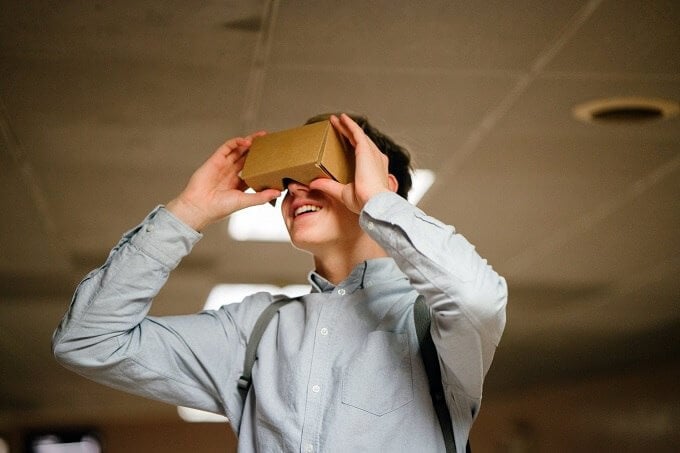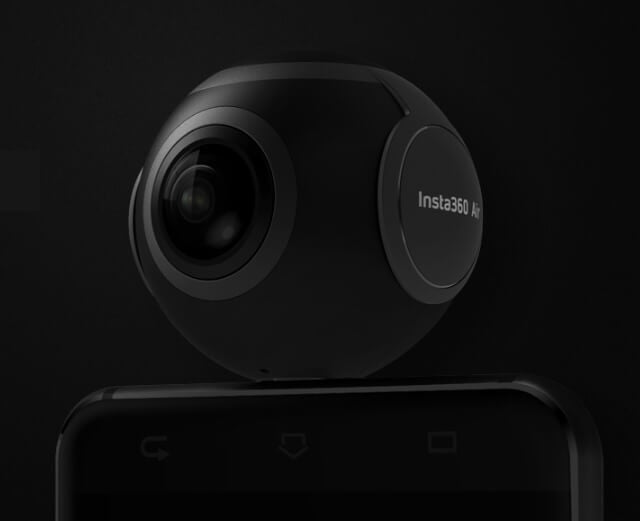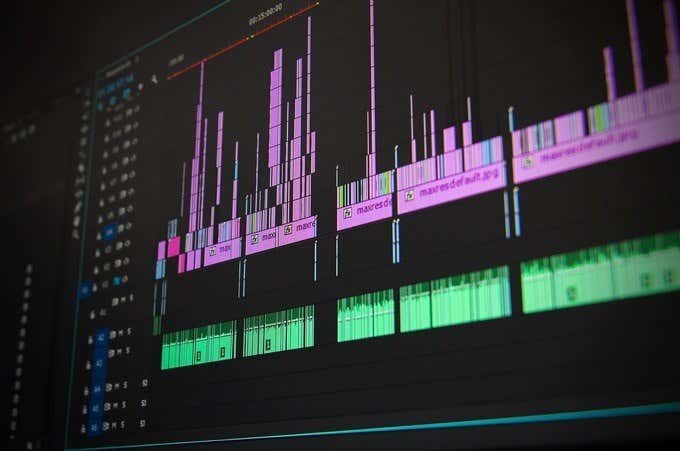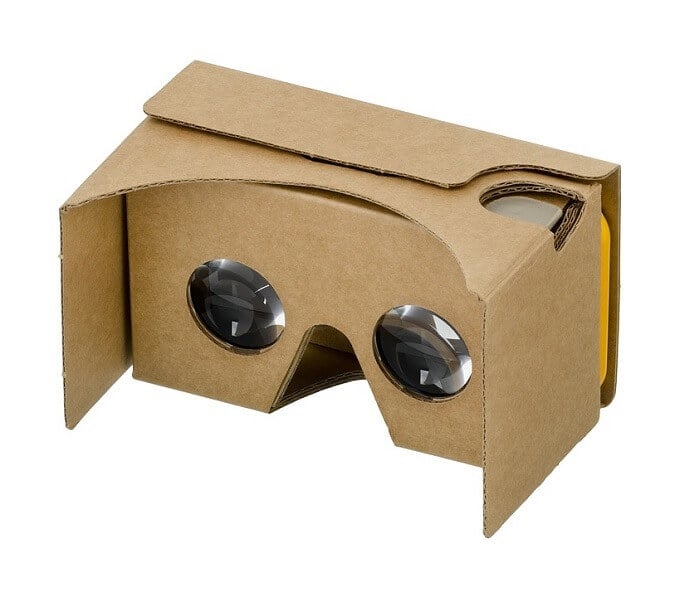Yes, it’s possible to make spherical video that really puts the viewer right in the middle of the action, but obviously the equipment that we use to make more traditional video isn’t the right solution. So if you’re interested in either making or consuming 360-degree video, here’s everything that you need to know.
360-Degree Video Is Not (Exactly) VR
This spherical video format is often conflated with virtual reality, but there’s plenty of debate on whether non-interactive video material such as this is really a form of VR. For practical purposes, you’ll hear this sort of video referred to as “VR video”, which is fair in the sense that VR headsets are the way these videos are meant to be consumed. However, since 360-degree videos are not interactive or computer-generated, there is some debate as to what extent we can really lump them in with VR. So while the convention might be to refer to this media format as VR video, it’s good to know that a clear distinction exists.
Why Choose 360-Degree Video?
Every aspect ratio or format of video has its own unique attributes that make it suitable for one purpose or another. As has been said many times before, the medium is the message. This type of video is perfect when you want to convey what it feels like to stand in a particular place. Unlike traditional video, the viewer in a 360-degree video gets to choose what deserves attention. You can’t direct their viewpoint through framing as with traditional video formats. That means it’s best to use this video format for content that doesn’t rely on precise framing and benefit most from immersion. Training videos are one good example, as are concerts and theatre performances. Action sports videos have also become a popular medium and tours of places like museums or other travel locations are also perfect for 360-degree video. That doesn’t mean you can’t use this immersive video to tell a story, but it needs a new visual vocabulary to properly guide the story, something they didn’t teach in film school in the past for obvious reasons.
Camera Types
As you can imagine, a normal camera isn’t going to produce this sort of surround video. You need a special setup in order to capture spherical video. There is no standard for this though. Some rigs are literally several regular cameras stuck together. Then special software is used to stitch the various overlapping camera feeds into one 360-degree video. There are now also specialized 360- and 180- degree cameras that use fish-eye lenses to bend the incoming image onto a standard sensor. Software then undoes the known distortion of the lens to provide a clear image, but one that give you a surround view of what was filmed. In general, the fewer cameras needed to create the final image, the more seamless it will look. Using makeshift multi-camera rigs makes it much more likely that there will be stitching errors. Which show up as visible cuts in the final image, where things don’t quite line up. For the regular person on the street, something like the Insta360 line of smartphone-attached cameras is a good place to start.
Computer-Generated 360-Degree Video
Using cameras isn’t the only way to generate 360-degree video. You’ll find plenty of examples that are made using 3D animation software or from video games using a custom field of view that encompasses 180- or 360- degrees. Obviously it’s pretty simple to create stereoscopic video this way as well, since you have full control over the rendered world. It’s also a good way to bring non-interactive CG experiences to hardware platforms that have no hope of running them natively on local hardware.
Monoscopic & Stereoscopic Video
Another major subdivision within 360-degree video formats is between monoscopic and stereoscopic video. Basically, monoscopic footage isn’t in 3D. Although you have a giant video that surrounds you as a viewer, it’s still flat. Stereoscopic 360-degree video gives each eye it’s own unique feed, which your brain interprets as a 3D image. Obviously 3D video is more compelling, but it’s much more complex when it comes to equipment. Basically, you need two independent 360-degree cameras, mounted at precisely the right distance from each other. Cameras that can shoot stereoscopic video like this are quite a bit more expensive, so most of the video you’ll find is the non-3D kind right now.
Editing 360-Degree Video
Fundamentally, 360-degree video is no different than any other digital video file. So, in principle, you can edit it with any software that can read the video codec used to encode it. However, the video is going to look like a distorted mess, shown as a normal frame. Software designed to edit or play this type of video warps the footage into the correct spherical form, so that everything looks the way it should. Which means it’s best if you use an editing suite that knows how to do this. More often than not, your camera will come bundled with some sort of editor. What specific features are present will depend on the app in question. Professional editing packages such as Adobe Premiere and Final Cut Pro natively support editing 180-degree and 360-degree video, as do other mainline video editing solutions. If you already have one of these programs, you may find you can also already work with this format.
Supported Platforms
So, once you have recorded and edited your 360-degree masterpiece, where can you actually upload it for other people to watch? Believe it or not, YouTube already supports several formats of 360-degree video. There are also several apps for mobile devices that also support 360-degree video, but of course the user has to download the video to their device and can’t stream it. Then there are the bespoke platforms that each brand of VR headset uses. If you want people with those particular headsets to see what you have made, you’ll have to comply with the technical requirements and access.
Watching 360-Degree Video
There are two ways that this sort of video is consumed. Either using a VR headset (hence the conflation with VR) or on a normal screen. Using a headset is the most immersive way to enjoy 360-degree video. It doesn’t even need to be an expensive headset. Google Cardboard can be used with YouTube to get basic immersive 360-degree video. Yes, even in stereoscopic mode! The other way is to simply watch the video on a normal screen. On desktops, you can look around by using the mouse and on mobile phones you can swipe with a finger or use the phone’s built-in motion sensors.
Our Favorite Examples Of 360-Degree Video
Now that you know the most important information about this exciting video format, the only thing left to do is highlight some excellent examples of video you can try out for yourself right now. Starting off with an example of live music performances, check out Childish Gambino’s “Me and Your Mama”. The camera I set low to simulate being at the show, but other videos even put the camera on stage so you can stand with the musicians and see the massive crowds. This promotional video for the new Doctor Who series is both an example of a CG video and a narrative video. You don’t even have to be a fan of the show to appreciate how cool this concept is. Finally, here’s an amazing skydiving video that shows off how you can put someone in a place few people get to experience for real. We just don’t recommend that anyone with a fear of heights try that one. There are plenty more videos to try out and if nothing else, consider buying an inexpensive Google Cardboard to enjoy them in an immersive way, if you don’t want to spend hundreds of dollars on a VR headset, that is!









